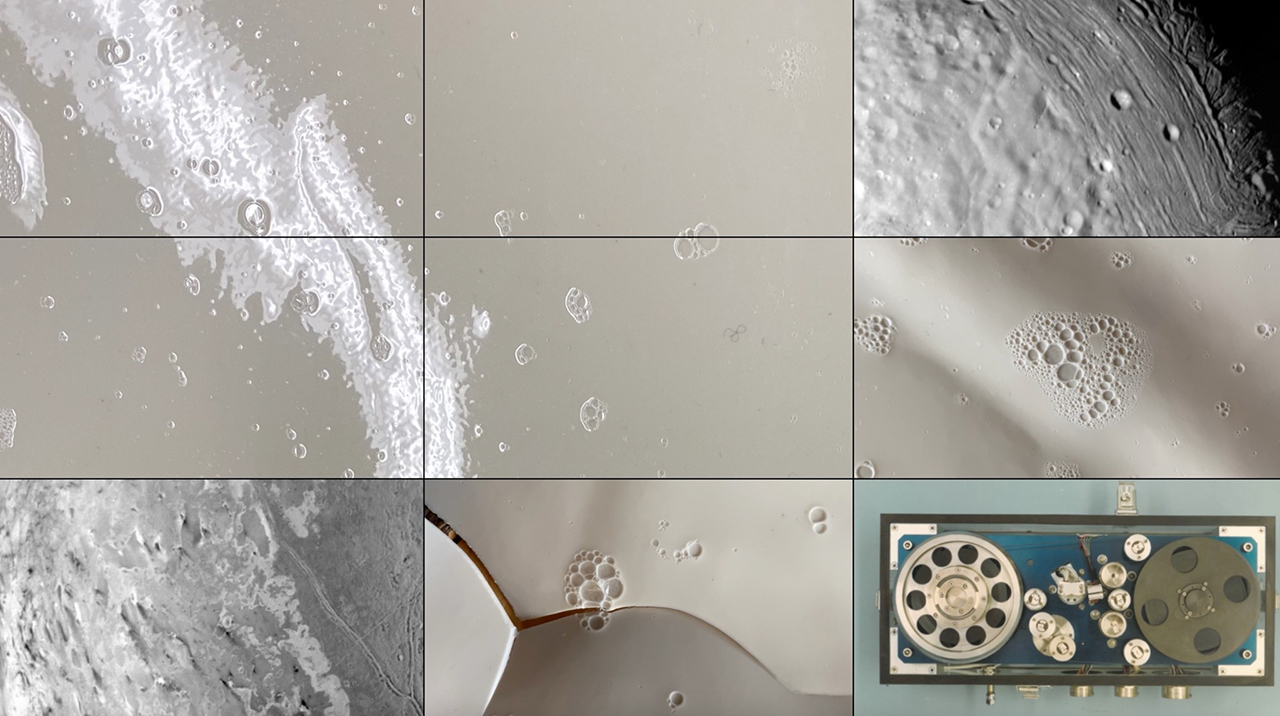Inertia: Speculative Fossils at the Planétarium de Montréal
April 22, 2022
Guillaume Pascale, Alice Jarry, Brice Ammar-Khodja, Jacqueline Beaumont, Asa Perlman, Philippe Vandal, Ariane Plante and Jean Dubois present a speculative work intersecting the disappearance of the Earth in the eye of the Voyager probes with the environmental situation in the neighborhood of Montréal-Est.

From April 22 to June 13, 2022
Planétarium Rio Tinto Alcan de Montréal 4801 Pierre-De Coubertin Avenue
Vernissage & sound performance
Thursday, April 28, 2022 starting at 6 p.m.
1977. The two Voyager probes are launched into space to study the planets in our Solar System. Symbolically, each one carries a gold-plated copper disk bearing a message intended to represent humanity. It contains images, music and drawings meant for a hypothetical intelligent extra-terrestrial life forms.
Planétarium Rio Tinto Alcan de Montréal 4801 Pierre-De Coubertin Avenue
Vernissage & sound performance
Thursday, April 28, 2022 starting at 6 p.m.
1977. The two Voyager probes are launched into space to study the planets in our Solar System. Symbolically, each one carries a gold-plated copper disk bearing a message intended to represent humanity. It contains images, music and drawings meant for a hypothetical intelligent extra-terrestrial life forms.
Inertia applies this approach on Earth, using artifacts created to reflect today’s environmental challenges — they’re made of biomaterials, that is, renewable organic plant or animal matter. The work centres around a bioplastic disk that displays a binary representation of a daytime air quality status near petrochemical plants east of Montreal. This becomes the score for the first piece of music in a sequence of four pieces composed using a combination of air quality data with the calculated distance of the Voyager probes from our planet. A series of laser-engraved biomaterial membranes and a film bear witness to this process, which suggests that in the same way that Earth is disappearing from the eye of the Voyager probes, the living conditions of the planet’s inhabitants are becoming increasingly precarious.


